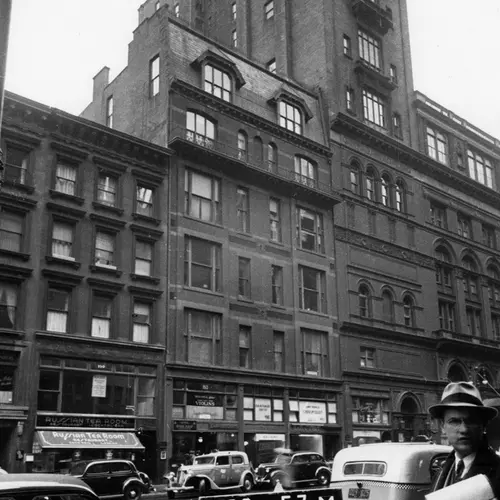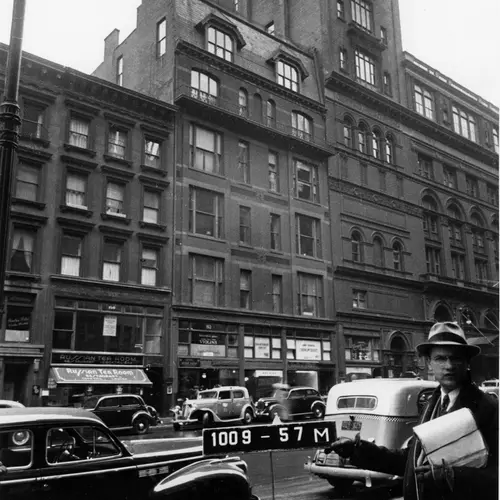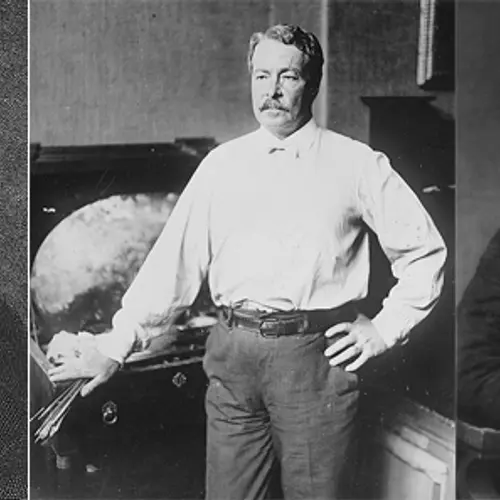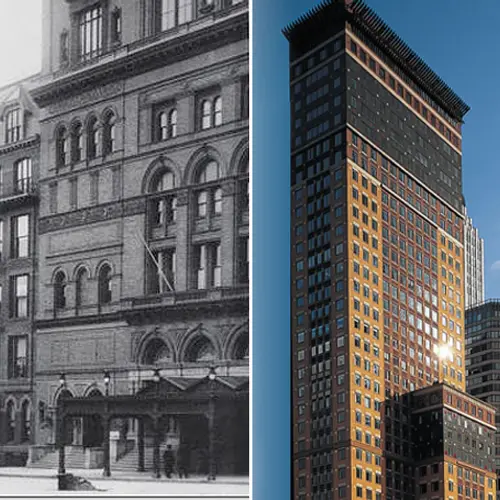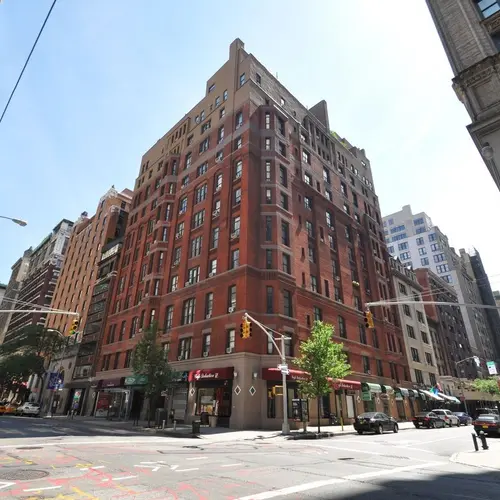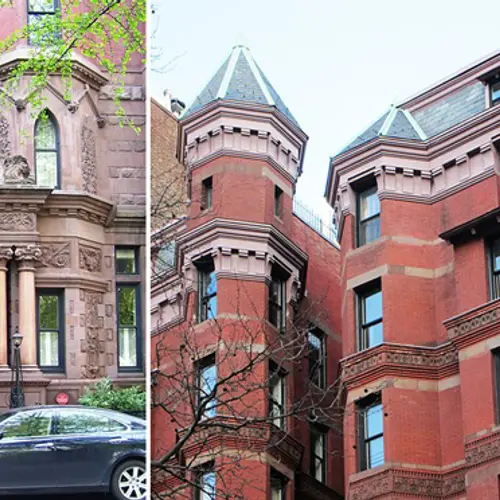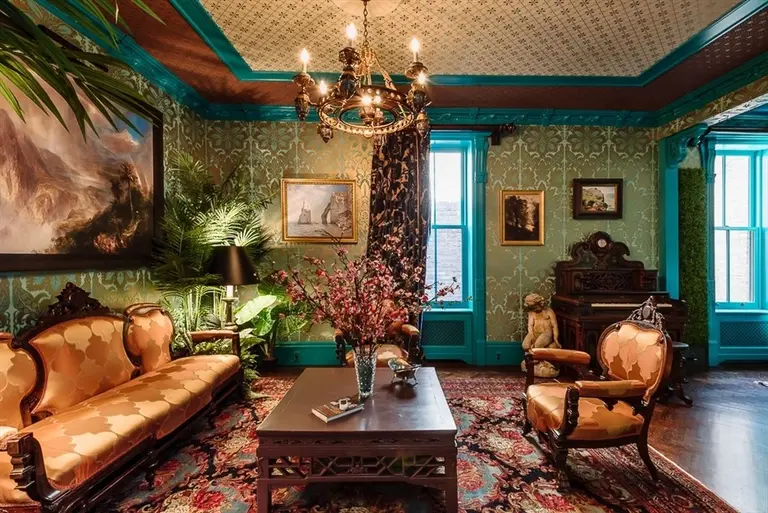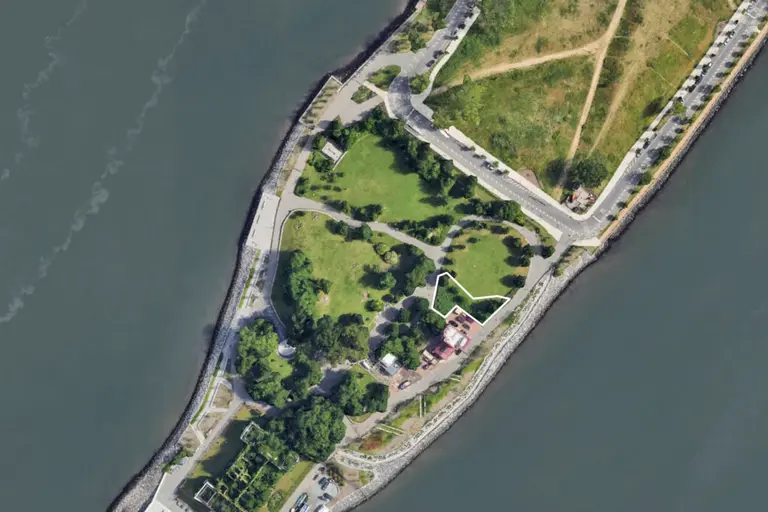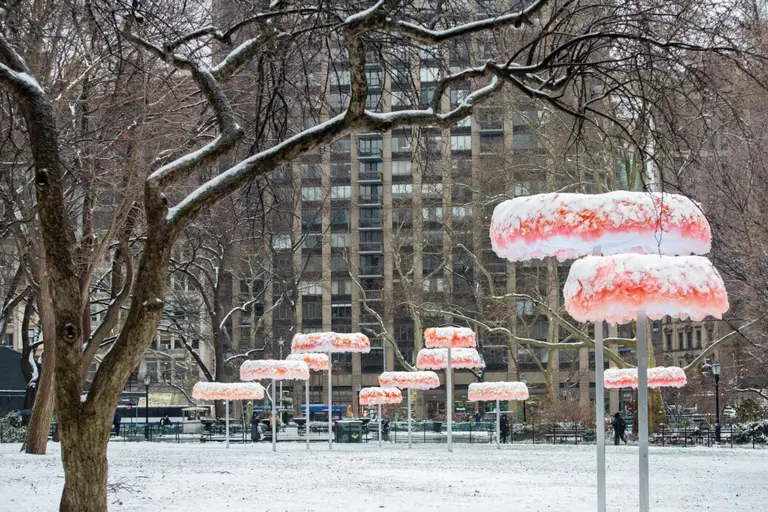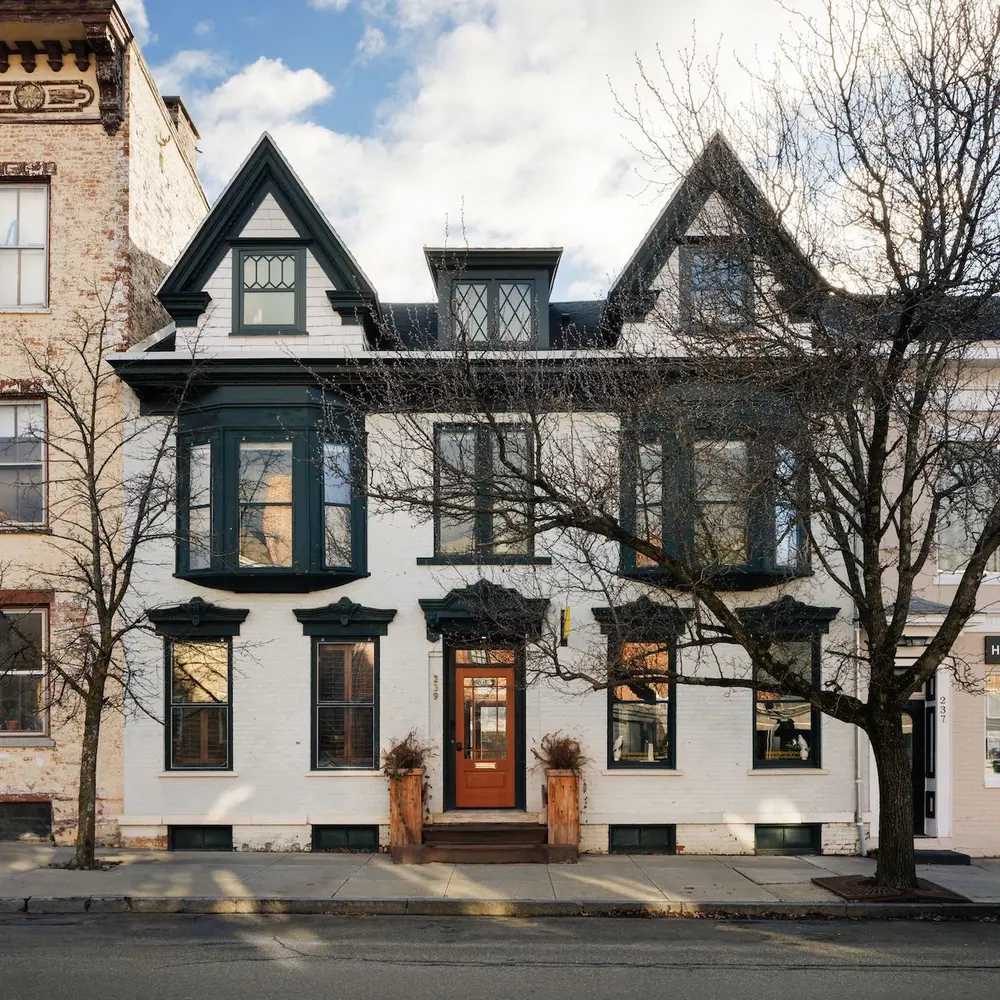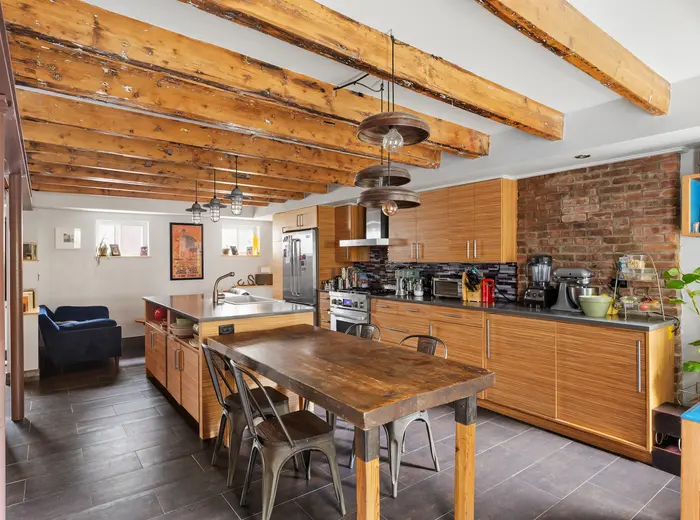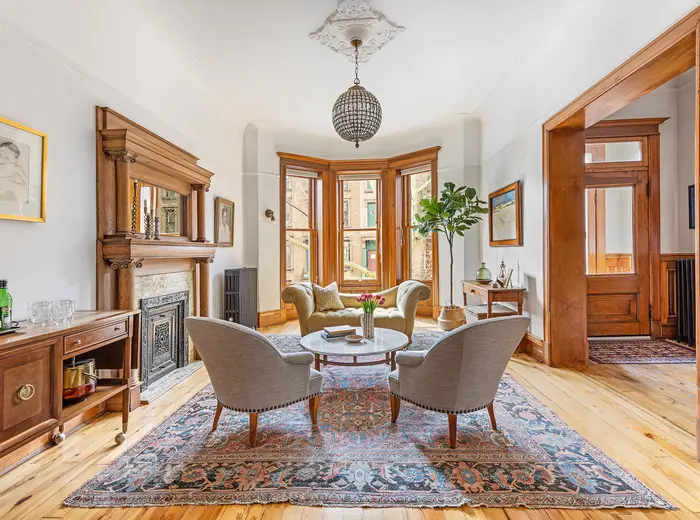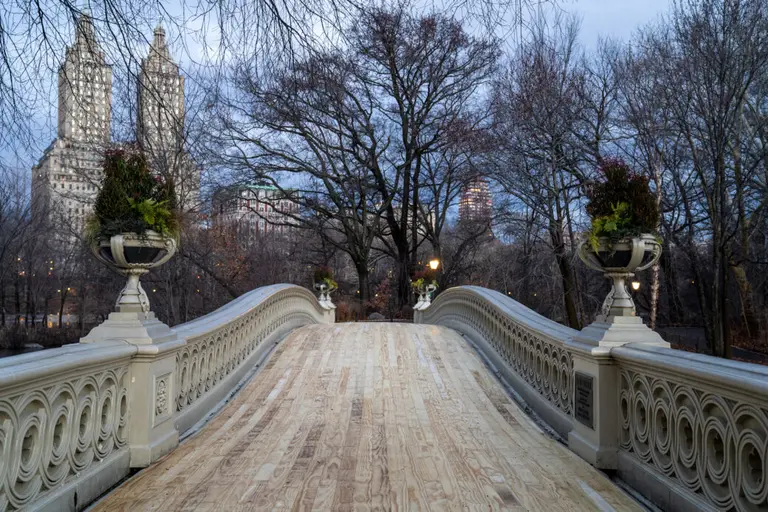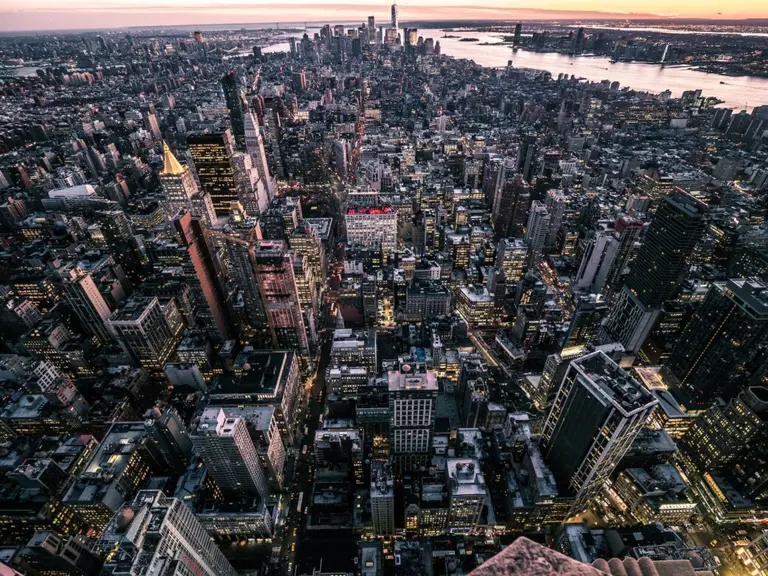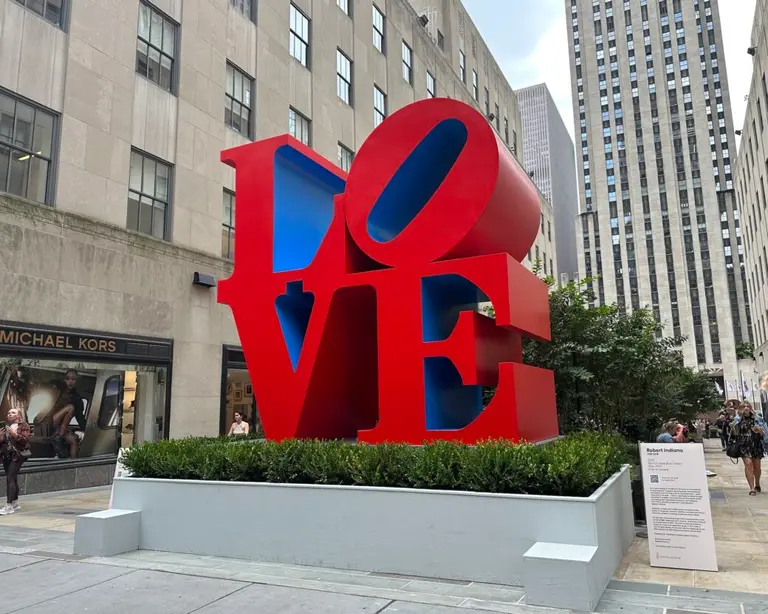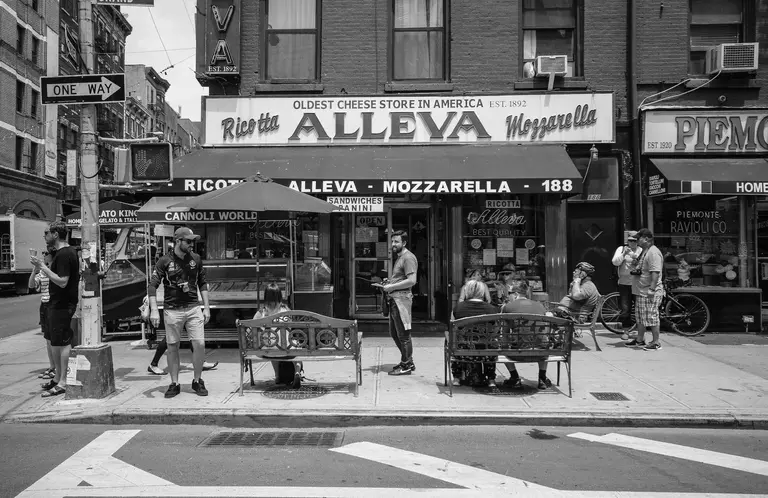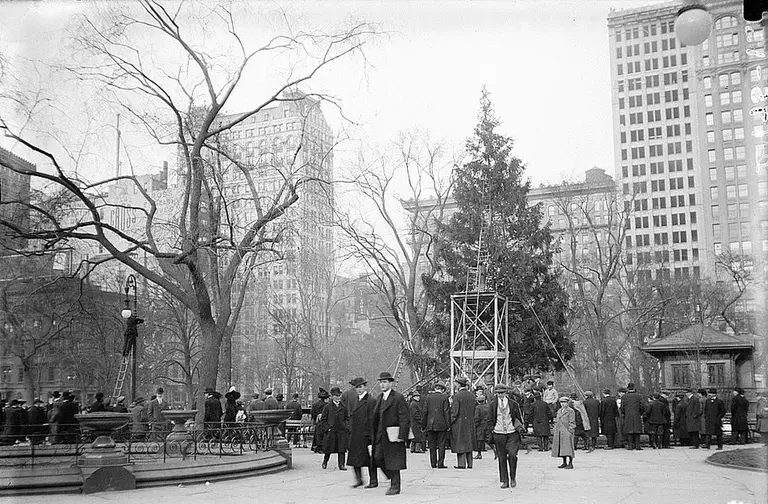Everything Old Is New Again: The Rise, Fall, and Eventual Rise Again of Co-Op Living
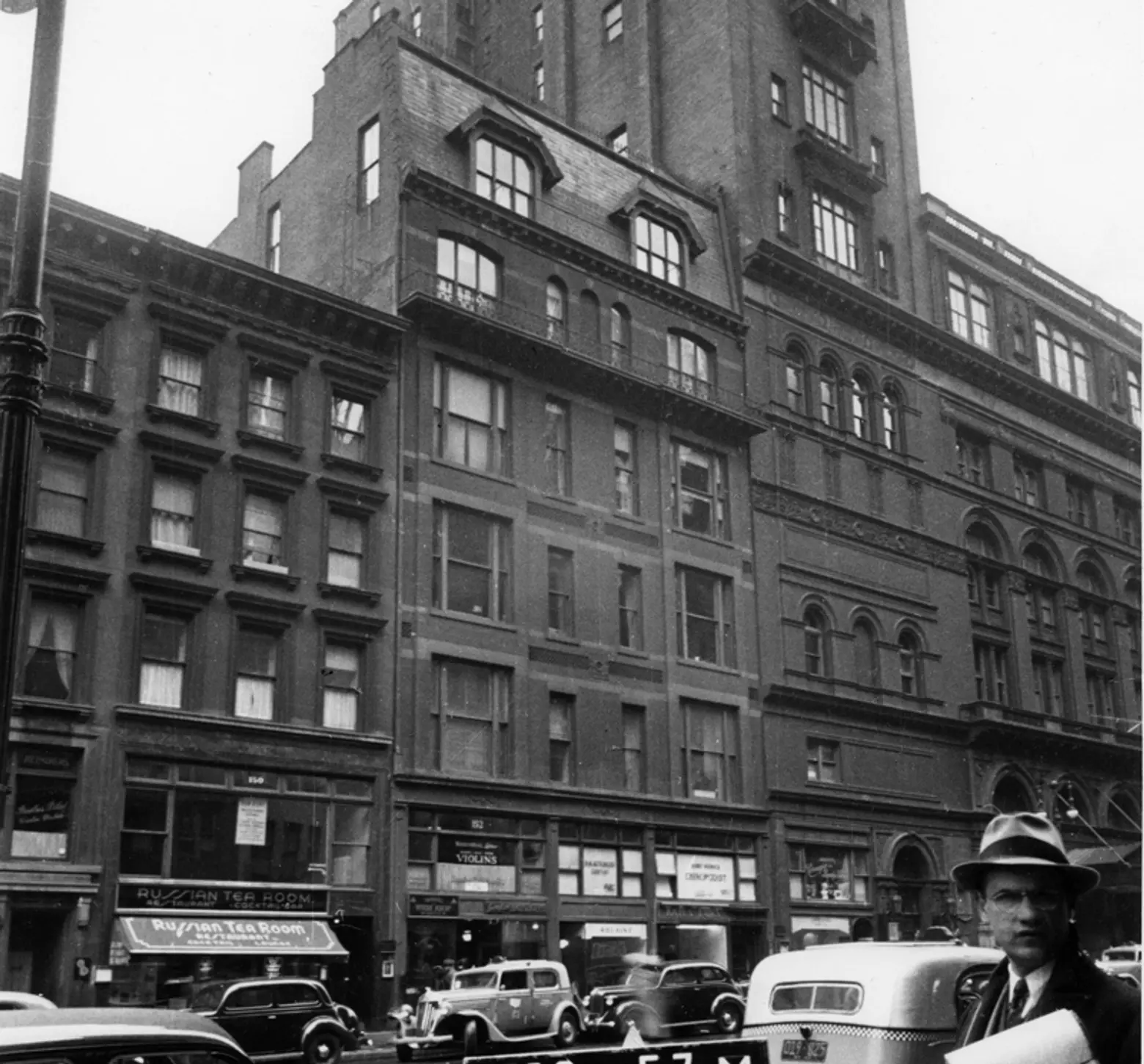
The Rembrandt at 152 West 57th Street between Sixth and Seventh Avenues was built as Manhattan’s first co-op in 1881. Apartment ownership was already in fashion across the pond, particularly in France and Britain, but the concept of a resident-owned building was still an unknown to most of us. Developed by a syndicate led by Jared B. Flagg, a clergyman with an avid interest in real estate, and built by the notable architectural firm of Hubert & Pirsson, the group had come to the conclusion that potential buyers would be drawn to a building where they would have control over expenses. For instance, buying coal and ice in bulk in order to keep prices down, and hiring a full-time communal staff to take care of the owners’ laundry, cooking and the running the elevators.
Built as a brick and brownstone building with terra-cotta trim and jerkin-head gable windows at the top, the unit mix—a result of an interlocking system of staggered floor heights to allow for very tall art studio spaces—included a few duplex apartments with as many as 12 rooms. Original brochure prices reportedly ranged between $4,000 and $5,000, with monthly maintenance as low as $50. Confident in the ultimate success of co-operative living, Mr. Flagg with Hubert & Pirsson continued to develop another six co-op projects that very same year.
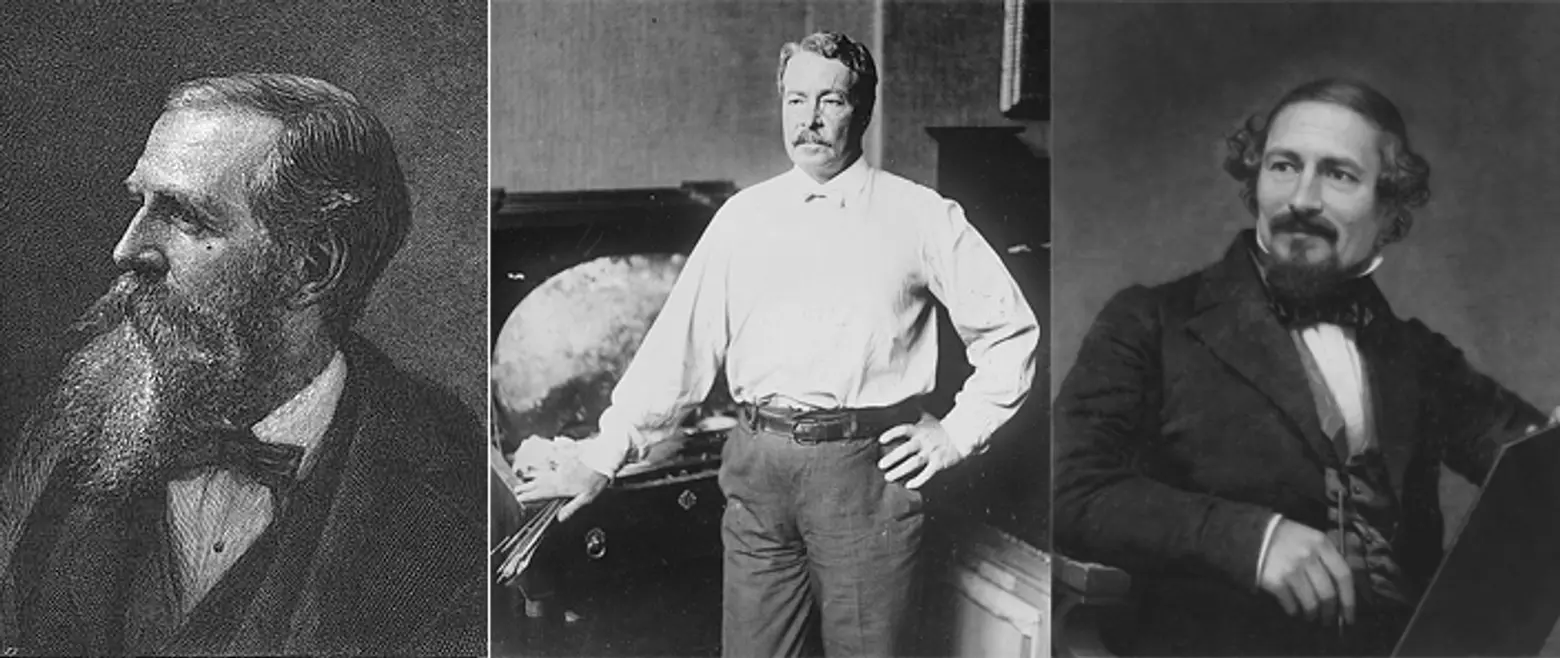 A few of the artists who took up residence at the Rembrandt
A few of the artists who took up residence at the Rembrandt
Believing that their target audience was artists, the apartment house was named for one of greatest masters of all time—Rembrandt. Correct in that assumption, more than 50 percent of the residences were eventually owned by notable artists such as American landscape artist Robert Swain Gifford, American impressionist painter Childe Hassam and John Sartain, the pioneer of mezzotint engraving in America.
By 1883, more than a handful of developers followed suit and co-ops around Manhattan begin popping up, though there were well-founded rumors swirling around town that questioned a co-op’s financial stability and increasing debt. Thus, all but two of the co-ops developed between 1881 and 1883, were demolished. The survivors? 121 Madison Avenue at 30th Street and 34 Gramercy Park East. The Rembrandt, however, was not so lucky.
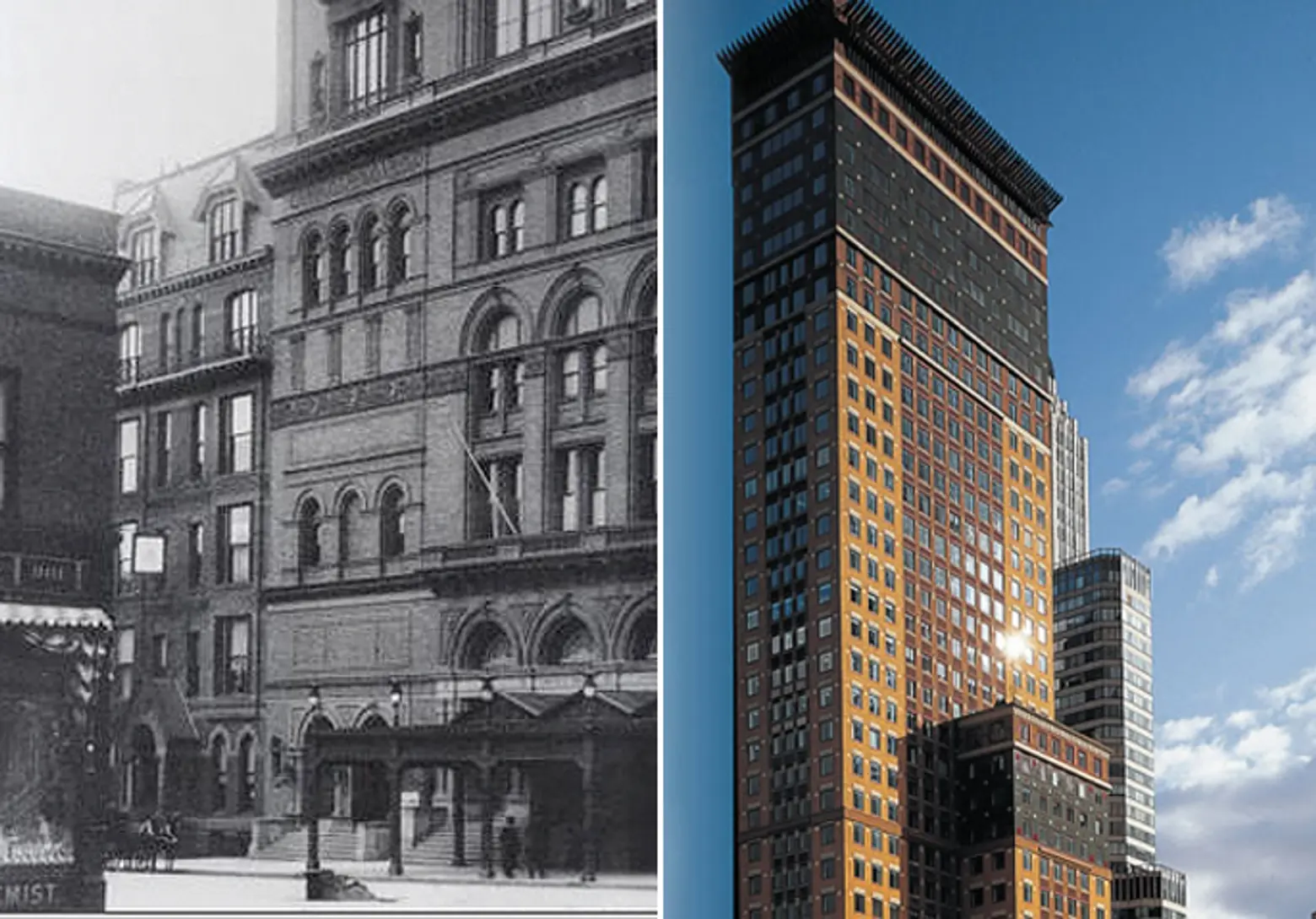 Carnegie Hall Tower; the building that replaced the Rembrandt
Carnegie Hall Tower; the building that replaced the Rembrandt
With the Rembrandt circling the drain, wealthy steel industrialist Andrew Carnegie purchased it in 1903, likely because it was adjacent to Carnegie Hall, which had opened in 1891. He converted it into a rental, and as the years passed, the elaborate entrance was shorn off in 1940 to make way for retail shops. By 1962, with its once glorified pedigree all but an urban myth, the city demolished it to make way for a parking lot. Nearly three decades later, a commercial building developed by Rockrose Development, Carnegie Hall Tower, was completed and nary a brick or parked car remained where the Rembrandt once stood.
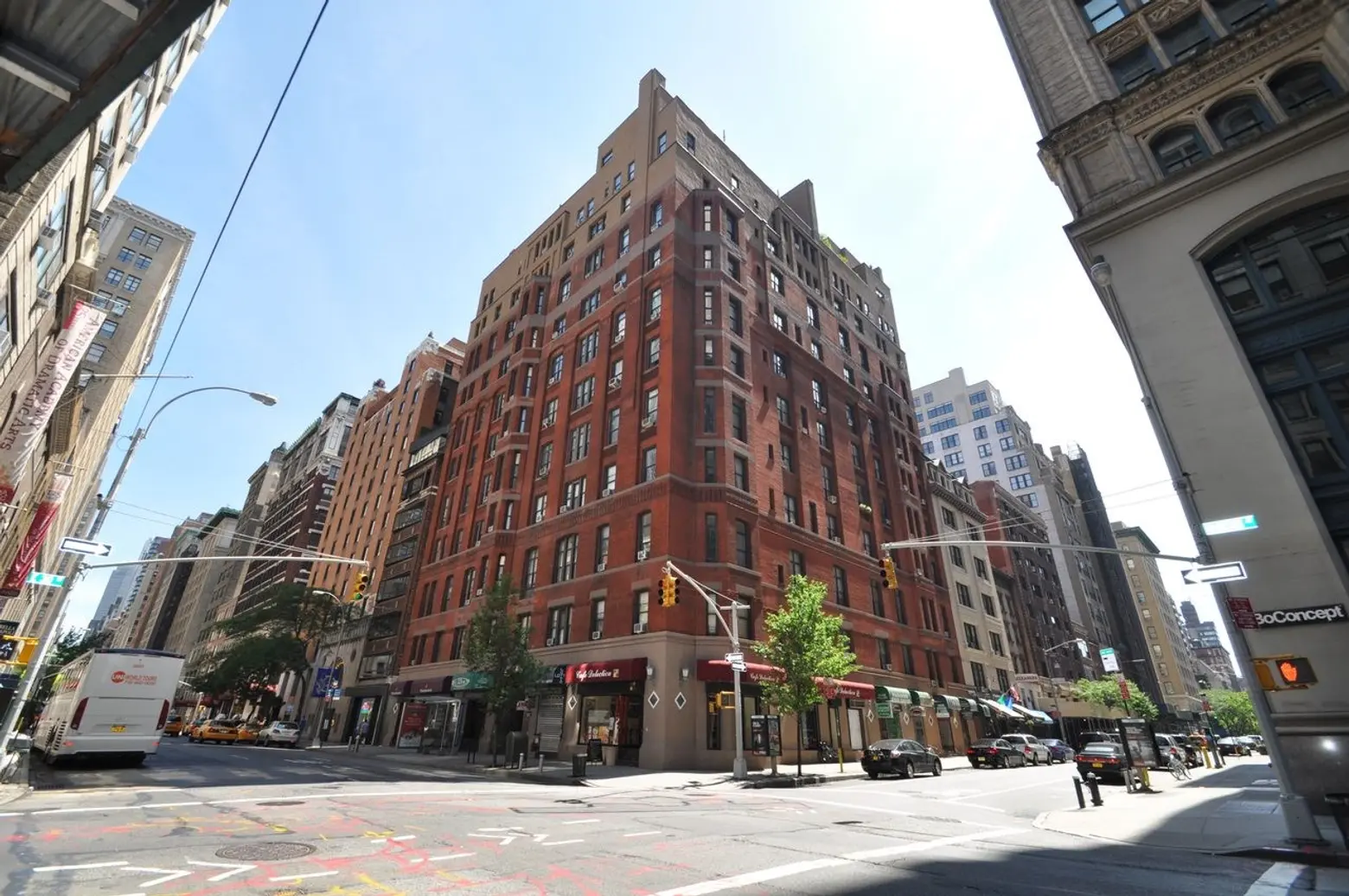 121 Madison, today. Image © Harlington Realty Co.
121 Madison, today. Image © Harlington Realty Co.
Though 121 Madison Avenue skirted demolition, it wasn’t exactly preserved. Even with early, wealthy residents that included William M. Harriman, a partner in the family banking business, Harriman Brothers & Company (now known as Brown Brothers Harriman & Co., the largest private bank in the US) and Henry R. Towne, who co-founded the company that created Yale locks, 121 Madison was converted to a rental building in 1917, and like the Rembrandt, much of its ornamental design was removed.
In 1938, the building fell into the hands of the Seaman’s Bank for Savings through foreclosure, and by 1940, after contemplating several conversion plans, including razing it to build a brand new apartment building, 121 Madison Avenue endured a gut renovation that resulted in apartment rentals. As ownership changed hands over the years, luxury rentals (two are currently available) in what is now considered the NoMad neighborhood. That said, some say 121 Madison Avenue’s biggest claim to fame is that it is Manhattan’s oldest structure that originally functioned as a co-op.
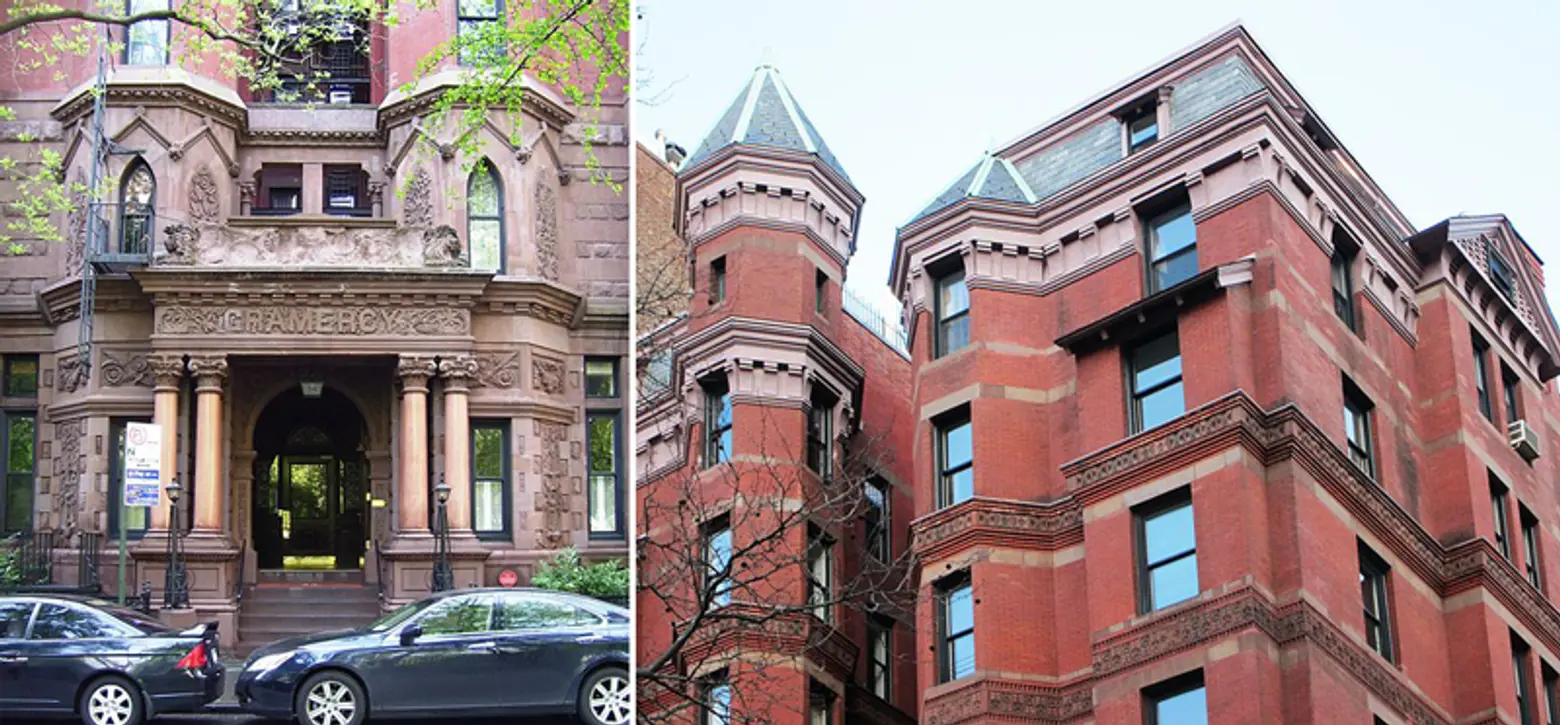 34 Gramercy Park East
34 Gramercy Park East
On the other end is 34 Gramercy Park East, completed in 1883. It is the oldest operating co-op in the city today. Its original Otis hydraulic elevator (the city’s oldest lift and perhaps the nation’s) was only converted to a modern-day electric elevator in 1994. The building, given its storied past and coveted location, has attracted famous residents over the years included Oscar-winning actor James Cagney and character actress Margaret Hamilton, probably best known for playing the Wicked Witch of the West in the 1939 classic “The Wizard of Oz.”
***
Co-op living has been in out of fashion since the were first conceived. In the 1920s they were a huge draw for wealthy urbanites seeking exclusivity by placing potential owners through lengthy and rather rigorous screenings of not just their finances, but personal lives as well. Following the National Housing Act of 1927, which provided tax incentives to developers, middle and even low-income co-ops became just as popular. Unfortunately, the Great Depression brought havoc to the world of co-op living and by 1934—nearly all those built in the Roaring Twenties went under. But, by the 1940s, co-ops took hold again as a result of legislation that brought about rent-controlled apartments. Though rents were fixed, expenses continued to rise and landlords decided the best way to curtail their losses was to convert their rental buildings into co-ops. Obviously proving advantageous, co-op buildings gained a foothold in Manhattan’s housing market, and today are very, very much again back in favor.
